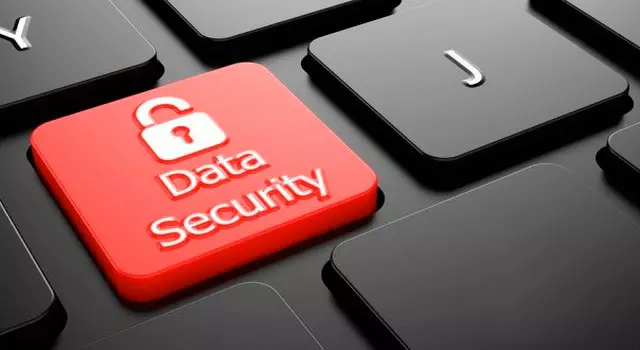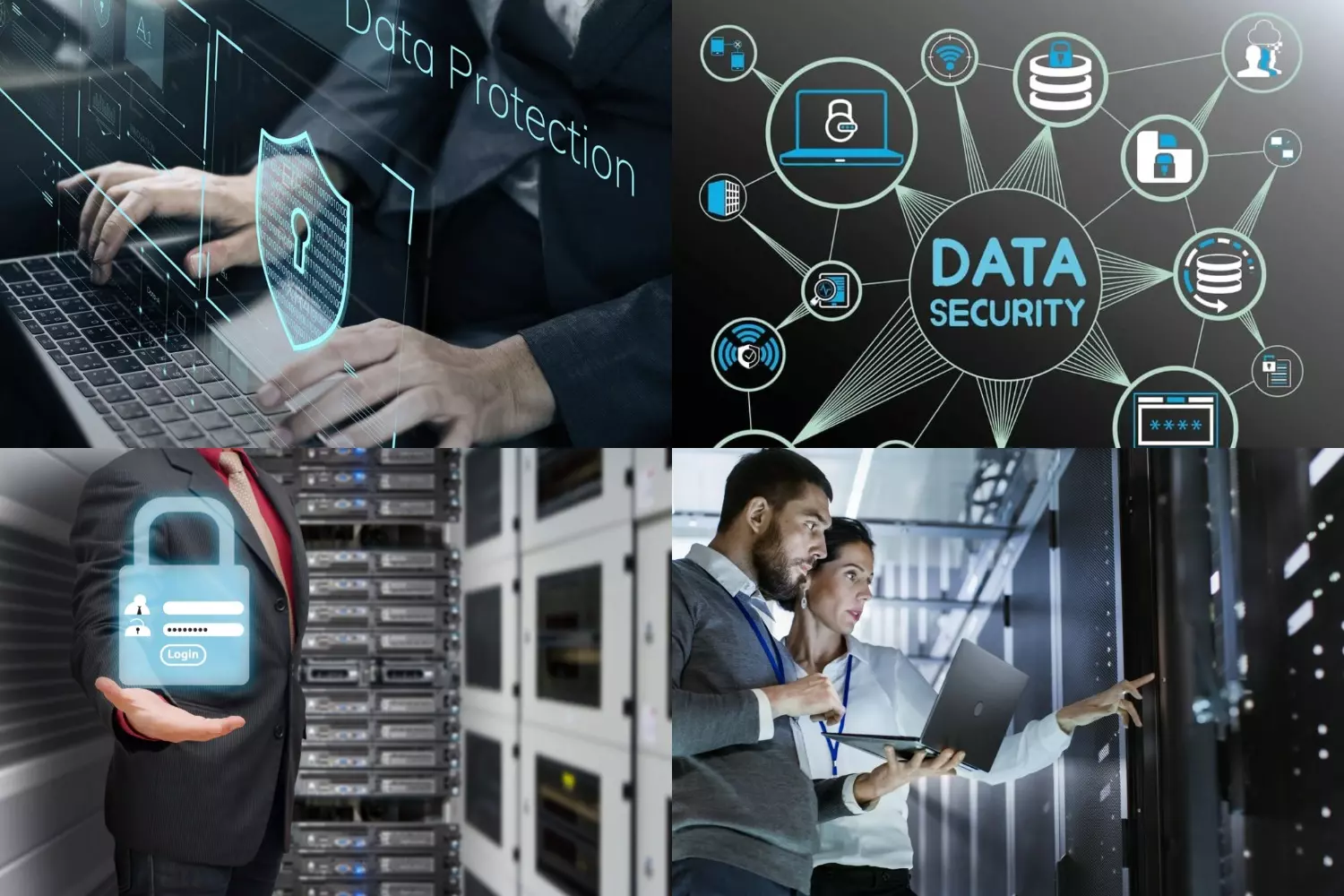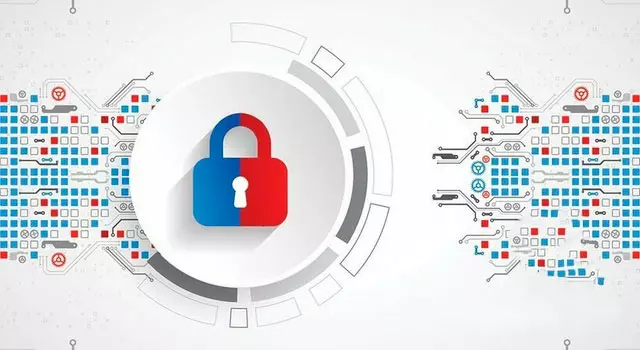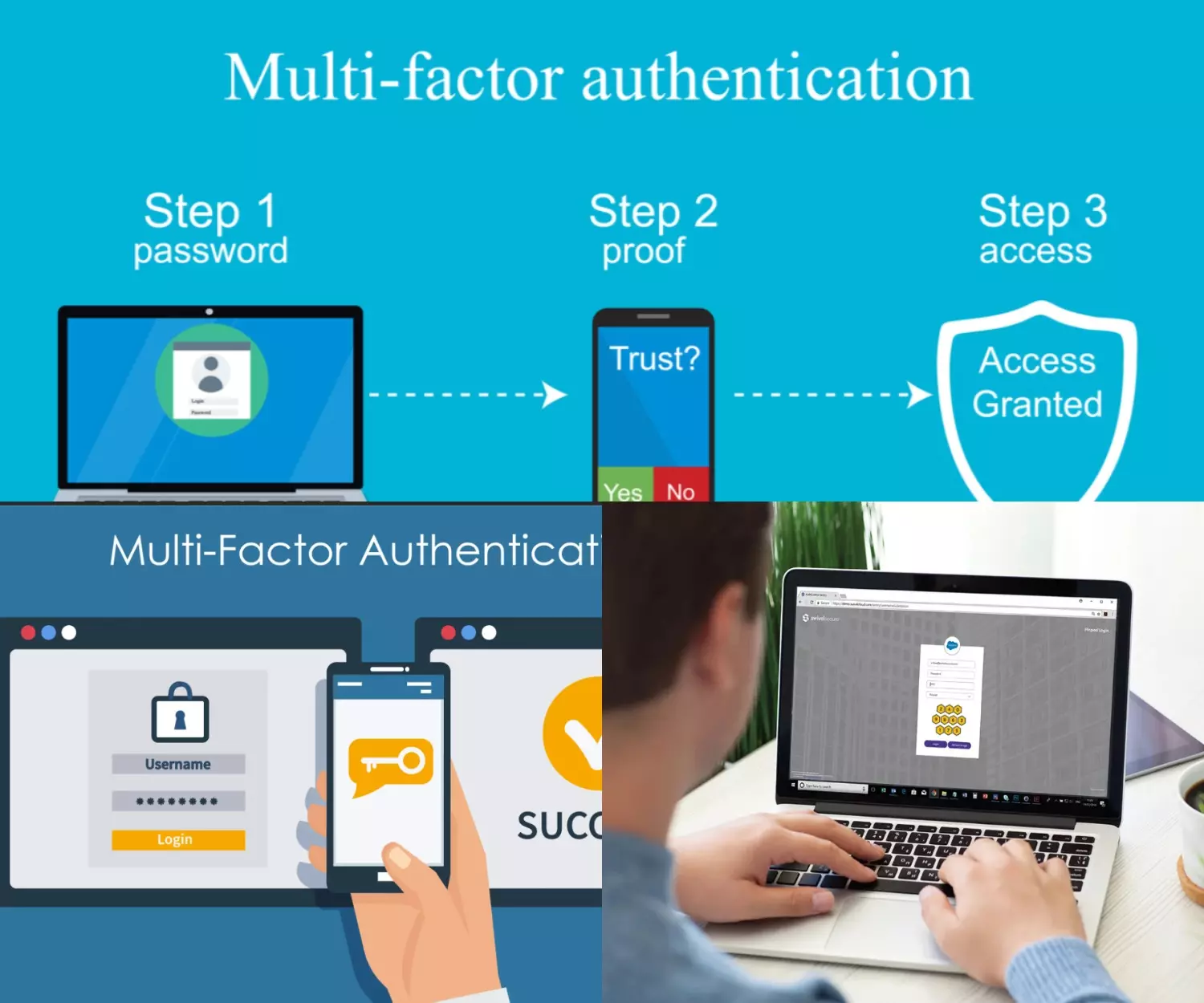The human factor has been and remains the “Achilles heel” of data hacking. Multi-factor authentication can be an important step towards establishing digital identity control as a gateway to hackers. Investing in the safety culture that accompanies the process is the foundation for successful identity management.

Thanks to new technologies, identity, and access management will remain an important pillar of IT security in 2020, which will complicate hackers’ access to employee logins. Companies should not only hope that the number of illegal passwords will decrease as security systems evolve.
On the contrary, companies must modernize their IT systems even more specifically in order to ensure security and constantly keep them up to date. Consumer pressure also plays an important role in this. If they lose confidence in the brand, turn away as customers, then data loss will be a first-degree risk for companies.
Users need to develop security awareness – new password-based authentication technologies can help them with this. But even this awareness cannot be achieved overnight.

Especially for companies with thousands of employees, the introduction of new IAM solutions and the rethinking of employees is associated with a long process of change. In the end, it is all about the long-term and sustainable formation of a new safety culture.
More stringent rules regarding password security measures play an important role in the change process. LastPass has comprehensively examined the impact of such policies in its Third Annual Global Password Security Report.

According to the report, data breaches caused by weak security measures of service providers in financial, medical or social networks, unfortunately, are still the order of the day. Obviously, such global threats can only be eliminated if governments develop guidelines and regulations to protect this data.
In fact, regulations such as the EU’s Basic Data Protection Law (DSGVO) have a significant impact on the market and stimulate corporate security initiatives. For example, LastPass customers in Denmark, Switzerland, France, and Germany insist on implementing multi-factor authentication (MFA).
However, in many cases, there are still no sequential management processes related to the management of the identification life cycle. Accordingly, it is important that companies deliberately design their processes in order to accelerate secure digitization and minimize data leakage.
This area once again shows how important employee integration is.
The boom in multi-factor authentication with software tokens
In general, in recent months, the Ministry of Foreign Affairs is experiencing a significant rise. Relevant solutions are available in various forms.
However, implementation is relatively difficult in companies with hundreds of employees. For example, hardware tokens are complex, expensive to administer, and not very popular among employees. Logistics, in particular, is a factor that cannot be underestimated.

Soft tokens are also quite difficult to implement. In the end, they require comprehensive user support based on training and education. But thanks to decisions aimed at this, the adoption of soft tokens is growing more and more.
They are already a very good alternative to hardware markers, especially for small and medium-sized companies, as it is easier and more profitable to work with them.
Alternatives to password – authentication without a password wins
The IT industry is actively working on finding, experimenting and finding alternatives to passwords. It seems unrealistic that passwords will completely disappear. However, users will switch to passless authentication to enter devices and applications.
However, this requires a simple and convenient set of tools for users. But developers should also have access to the appropriate developer tools / APIs.
Biometric authentication methods, such as iris scanning, will continue to become increasingly important in the future. Improved sensors and optimized recognition algorithms will contribute to this development.
In particular, advanced machine learning models allow for a more accurate contextual assessment and improved authentication process for geofences and biometric sensors. Some of these technologies are already very mature today.
For example, LastPass MFA uses GPS based geofences. This means that in the coming years, modern sensors will be used on mobile devices.

In the future, instrument-driven decentralized biometrics will play an important role as a user-friendly method of user authentication. Biometric data does not leave the device, which increases data security.
However, it is still important that withdrawal mechanisms such as PINs, passwords or tokens are available. There are high requirements, especially from governments, for a centralized biometric database. The problem, however, is that such architectures invite abuse.
In the end, hackers get a lot of confidential personal information through single access.
Modern identity management begins with a culture of security
Regardless of the technical structure of the solution, the most important task of the Director of Information Security (CISO) is to ensure a unified security culture at all levels of the company.

His arguments today carry much more weight than a few years ago – from the CEO to senior management. After all, security has long been a business priority in many industries and fields.
Thus, the CISO budget and staff to create a security team that implements and maintains security guidelines as a process, rather than sporadically. This is a crucial step towards greater cyber security.

